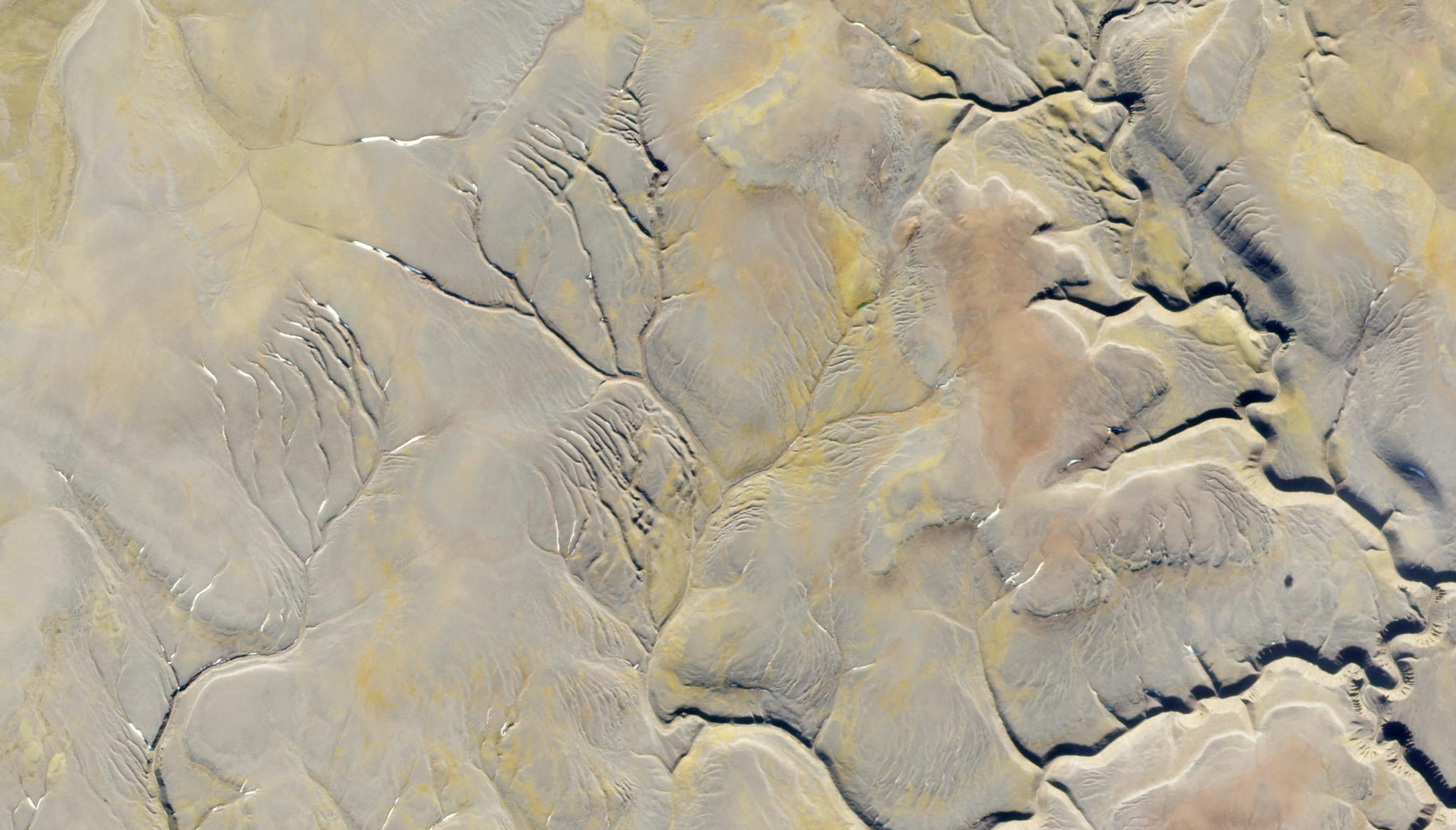PlanetScope Data Lends Insights into the Ancient Cryosphere of Mars
Image above: PlanetScope image of glacial rock scouring on Devon Island, Canada, a research study site, taken August 28, 2022. © 2022, Planet Labs PBC. All Rights Reserved. So, how do scientists researching Mars get a sense of the climatic history of our next door neighbor? Well, they actually use a significant amount of data from Earth and our own landscapes as a point of reference. For example, evidence suggests that the fourth rock from the sun had a significant cryosphere complete with polar ice caps and even glaciers. However, scientists have noted that the patterns of large-scale glaciation seen in our own landscapes, including scouring and deformation of the landscape, are not as evident on Mars. The lack of these markings suggest that “wet-based glaciers,” or glaciers with snow melt or ice melt at the bottom allowing them to travel across the landscape, were not present on Mars, and that all Martian glaciers were frozen in place to the ground. But some researchers have provided evidence that perhaps Martian surface gravity led to the lack of markings and that there were in fact wet-based glaciers. Researchers from Arizona State University in the U.S. and Nantes Université in France leveraged PlanetScope data of regions with historical glacial cover to conduct such a study. These scientists analyzed how similar glaciers found on Earth may have changed on Mars given the low gravity. “Taking as reference the ancient southern circumpolar ice sheet that deposited the Dorsa Argentea formation, we compare the theoretical behavior of identical ice sheets on Mars and Earth and show that, whereas on Earth glacial drainage is predominantly inefficient, enhancing ice sliding and erosion, on Mars the lower gravity favors the formation of efficient subglacial drainage,” said the authors. This publication shows the progression of research previously featured by Planet here. The full study can be found in Geophysical Research Letters.

Ready to Get Started
Connect with a member of our Sales team. We'll help you find the right products and pricing for your needs


